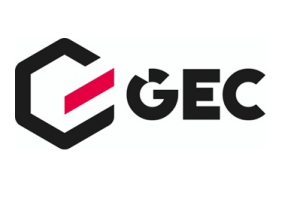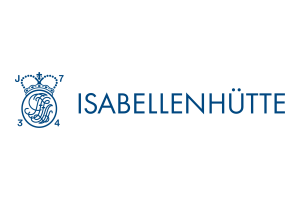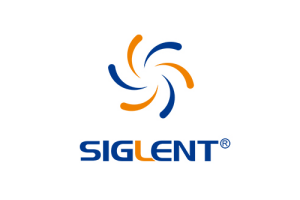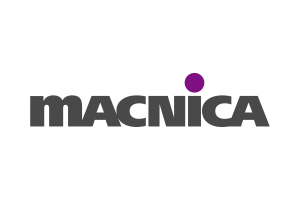STMicroelectronics
IOTA Middleware for STM32 Boards
IOTA's distributed ledger technology now runs on boards based on STM32 processors from STMicroelectronics.
STMicroelectronics has extended "STM32Cube" with the software package "X-Cube-IOTA1", the complete IOTA middleware. It enables the implementation of all functions of IOTA's Distributed Ledger Technology (DLT). "X-Cube-IOTA1" is now available for the NUCLEO-F429ZI and NUCLEO-F746ZG development boards.
Thus "X-Cube-IOTA1" is part of the hardware abstraction layer "STMCube" and joins the other middleware components, which include RTOS, USB, TCP/IP and graphics. The IOTA middleware is also based on the embedded abstraction layer software "STM32CubeHAL". This enables users to set up a cryptographically secured database, i.e. an accounting system, that records transactions on the STM32 CPU that cannot be manipulated. The package contains application examples that show how "IOTA Light Nodes" can be implemented on the STM32, in particular to enable micropayments and data trading between machines.
The expansion software "X-Cube-IOTA1" can easily be ported to different STM32-MPU families from STMicroelectronics.
With the "STMCube" hardware abstraction layer (HAL), STMicroelectronics aims to help users reduce development time, effort and costs. STM32Cube covers the entire STM32 product group.
The distributed ledger techniques, of which IOTA is a part, are similar to the blockchain techniques. However, the classic blockchains, as they are known from many crypto currencies, are so far only suitable to a very limited extent for use in industrial environments. The IOTA Foundation has created Intellecutal Property with the directional, acyclic graph called "Tangle" by IOTA, on which all other IOTA modules are based. Hurdles that stand in the way of traditional blockchain technology in the industrial environment can thus be overcome.
Such DLT technologies can therefore be better tailored to the requirements of the industrial world, for example to create marketplaces for data trading. In contrast to the blockchain, DLT technologies achieve shorter transaction times and considerably less energy consumption - but still allow business to be conducted decentrally, i.e. without a man in the middle, and data to be recorded in such a way that it can neither be falsified nor sorted out or new data added afterwards. Another important difference between IOTA and Blockchain: At IOTA, there are no market participants (miners) who intervene negatively in the creation of value for the mere mediation of transactions. "The aspect of freedom from charges is central, because if you think about it more closely, you can only create a real M2M and Internet of Things economy in the medium term," Ralf Rottmann, then a member of the board of the IOTA Foundation based in Berlin, explained in an interview to Markt&Technik a year ago. "From our point of view, transaction fees are a relic of centrally controlled payment processing and prevent this."
DLT technologies such as IOTA therefore represent an essential element in being able to implement Industry 4.0 or IIoT (Industrial Internet of Things). For example, it is possible for people or machines to exchange money and data without significant transaction costs. Although the actors do not know each other, it is ensured that no one can cheat the other. This creates an environment of trust within which all actors - although they do not know each other and pursue very different interests - can be sure that none of the participants could falsify anything or dominate the system.
Micropayments are then no longer a problem. The same applies to being able to prove in a forgery-proof way how a product travelled through the supply chain, whether parts were legally manufactured in a 3D printer so that illegally manufactured or counterfeit products could come into circulation undetected, or to ensuring that the data recorded in a car's black box before an accident cannot be tampered with retrospectively, i.e. that they are legally sound.
The prerequisite for this, however, is that the DLT penetrates into the Edge devices. Therefore, STMicroelectronics has expanded STM32Cube with "X-Cube-IOTA1" to include the complete IOTA middleware.





